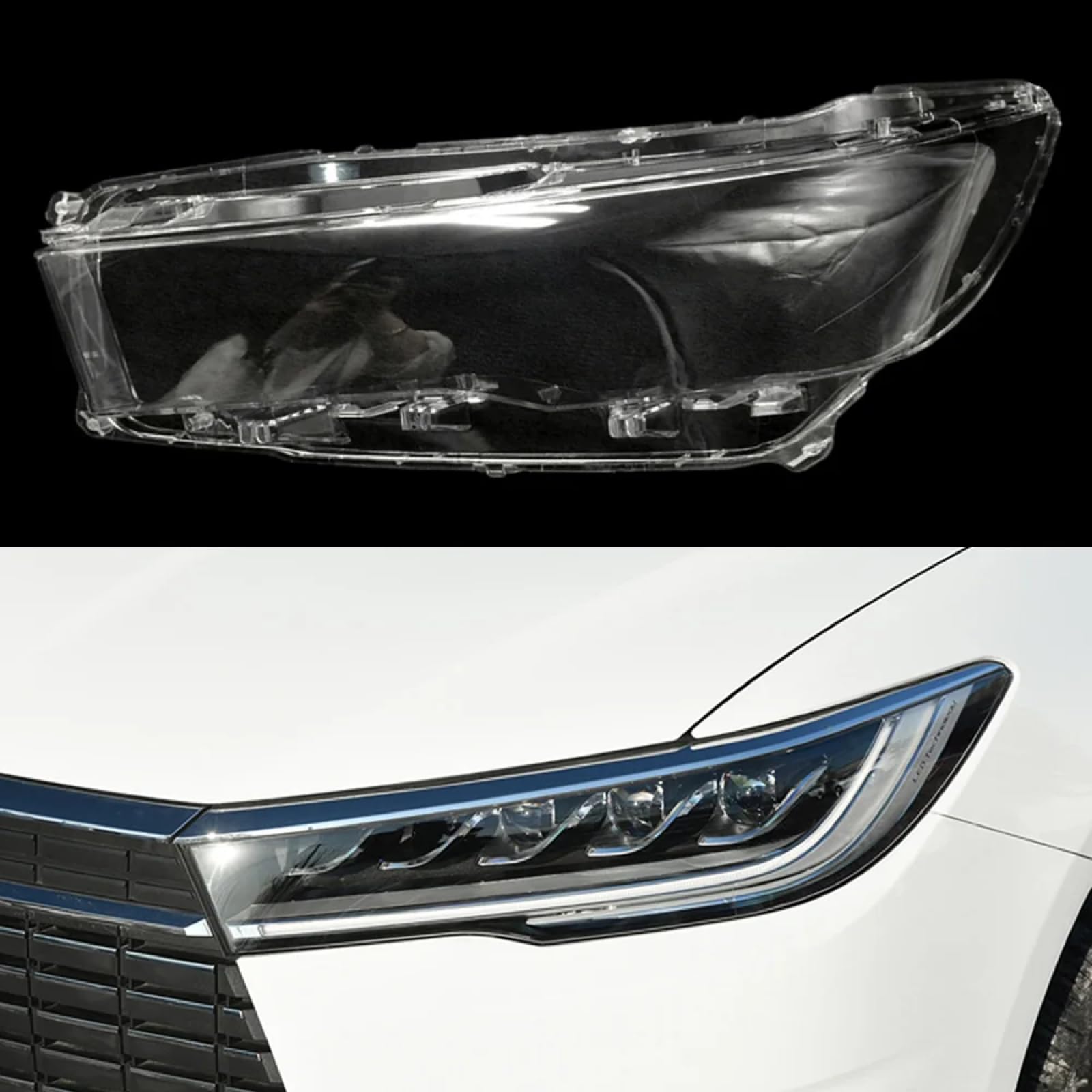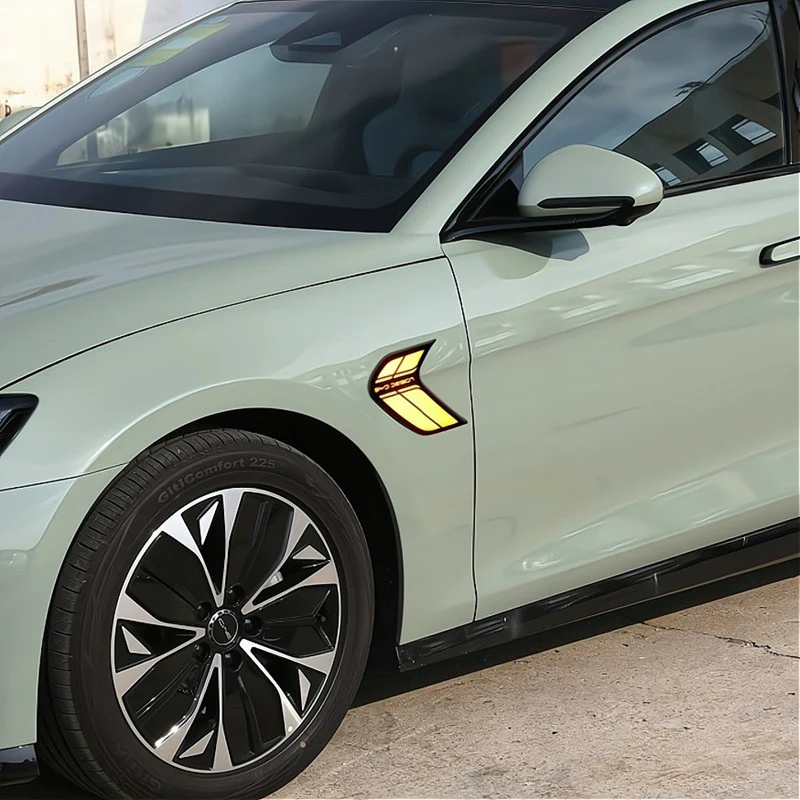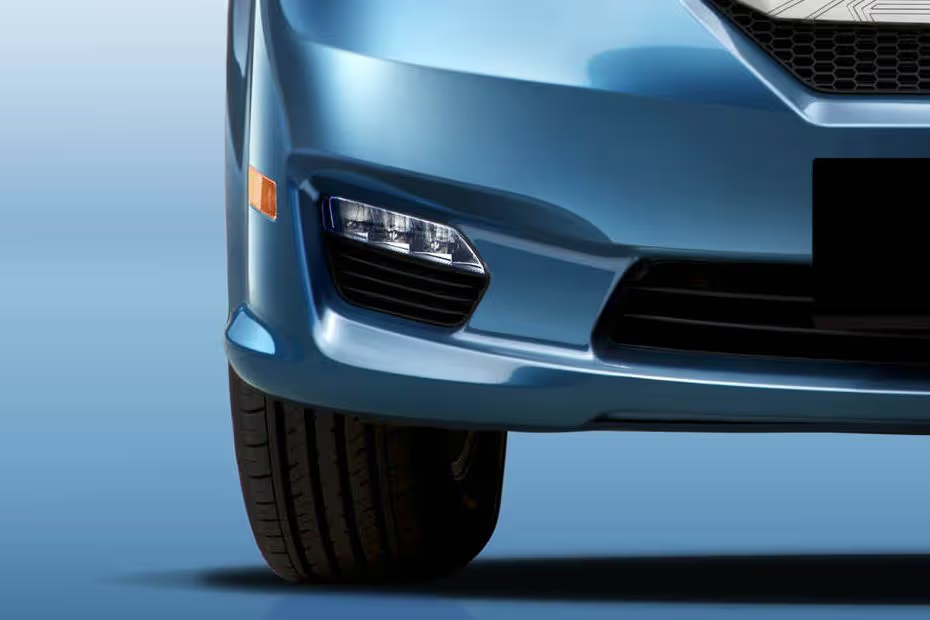
Automotive lenses play a crucial role in vehicle lighting systems, significantly impacting safety, visibility, and aesthetics. These lenses are specifically designed to optimize the performance of headlights, taillights, and other lighting components. This article explores the functions, key characteristics, and various applications of automotive lenses.
Automotive lenses are engineered to control the distribution of light emitted from LEDs. By shaping the lens, manufacturers can direct light beams to illuminate the road effectively while minimizing glare for oncoming drivers. This precision in light distribution enhances safety during night driving.

Lenses serve as a protective barrier for the light source. They shield it from environmental elements such as dust, moisture, and impact. This durability ensures that the lighting system operates efficiently over time, reducing maintenance needs.
The design of automotive lenses contributes to the overall aesthetic of the vehicle. Available in various shapes and colors, lenses can enhance the car's appearance, making it more appealing to consumers.
Most automotive lenses are made from polycarbonate or acrylic materials. These plastics are lightweight, impact-resistant, and offer excellent optical clarity, making them suitable for high-performance lighting applications. Automotive lenses are often treated with UV-resistant coatings. This feature protects the lens from yellowing and degradation due to exposure to sunlight, ensuring long-lasting performance and clarity.
Lenses can be customized to fit different lighting designs and vehicle models. Manufacturers can create lenses that fit specific headlight shapes, providing flexibility in design and functionality.

Applications of Automotive Lenses
1. Headlights
The primary application of automotive lenses is in headlights. Lenses are designed to optimize the beam pattern for high and low beams, enhancing night visibility and ensuring compliance with road safety regulations.

2. Taillights
In taillights, lenses play a vital role in signaling and visibility. They are often designed to enhance the brightness of the light emitted, ensuring that vehicles are easily seen from behind, especially in low-light conditions.

3. Turn Signals
Automotive lenses are also used in turn signals, where their shape and color are crucial for indicating a vehicle’s direction. The design ensures that the signal is visible from various angles, improving safety during lane changes and turns.

4. Fog Lights
Fog lights utilize specialized lenses designed to project light low to the ground, reducing glare and improving visibility during foggy or rainy conditions. The unique shape and dispersion characteristics of these lenses are critical for their effectiveness.

Automotive lenses are integral components of vehicle lighting systems, serving multiple functions from light distribution to protection and aesthetics. Their unique characteristics, such as material durability and UV resistance, make them essential for safety and performance. With applications spanning headlights, taillights, turn signals, and fog lights, automotive lenses continue to evolve, reflecting advancements in technology and design. As the automotive industry progresses, the role of these lenses will become increasingly important in enhancing vehicle safety and functionality.




